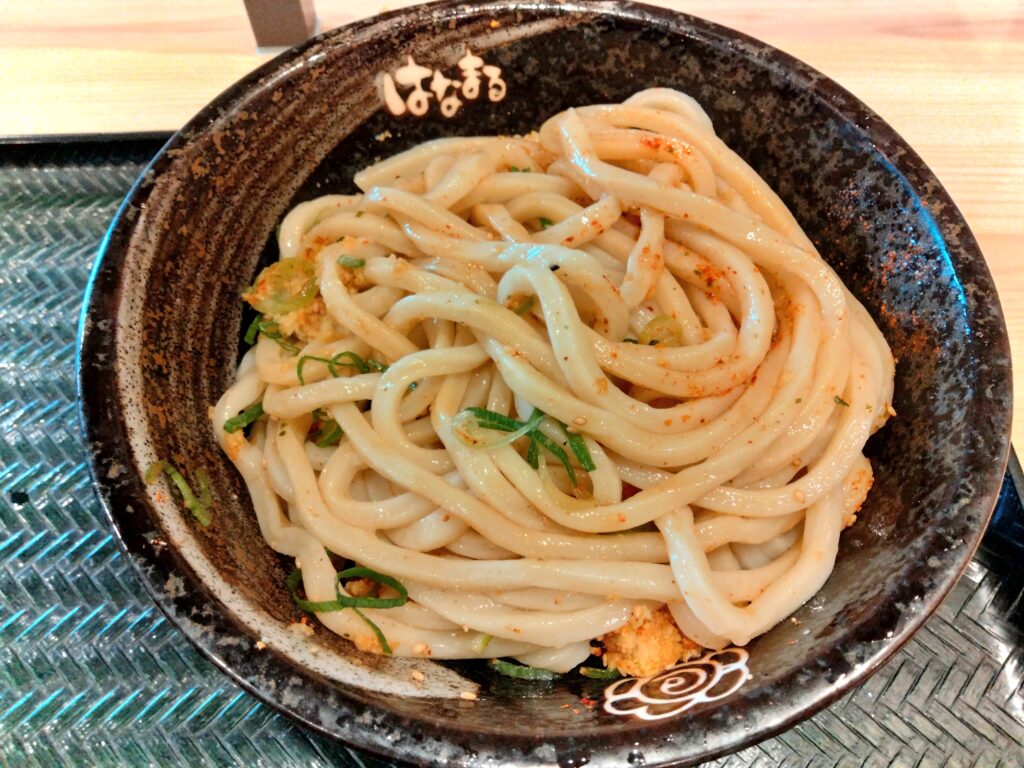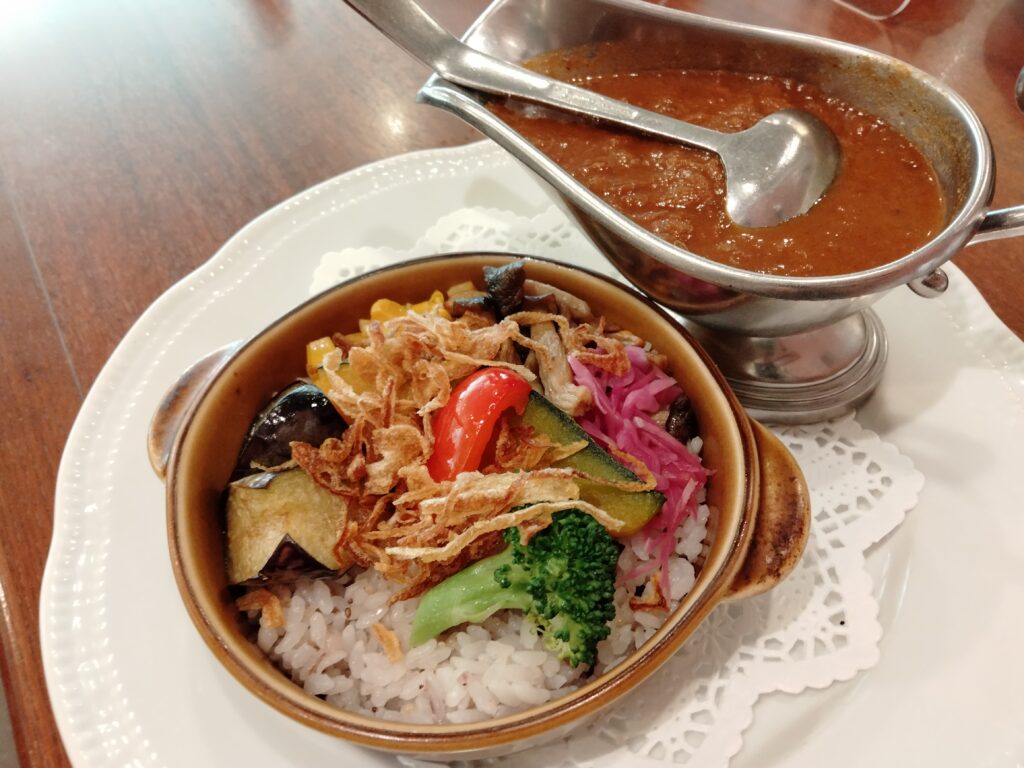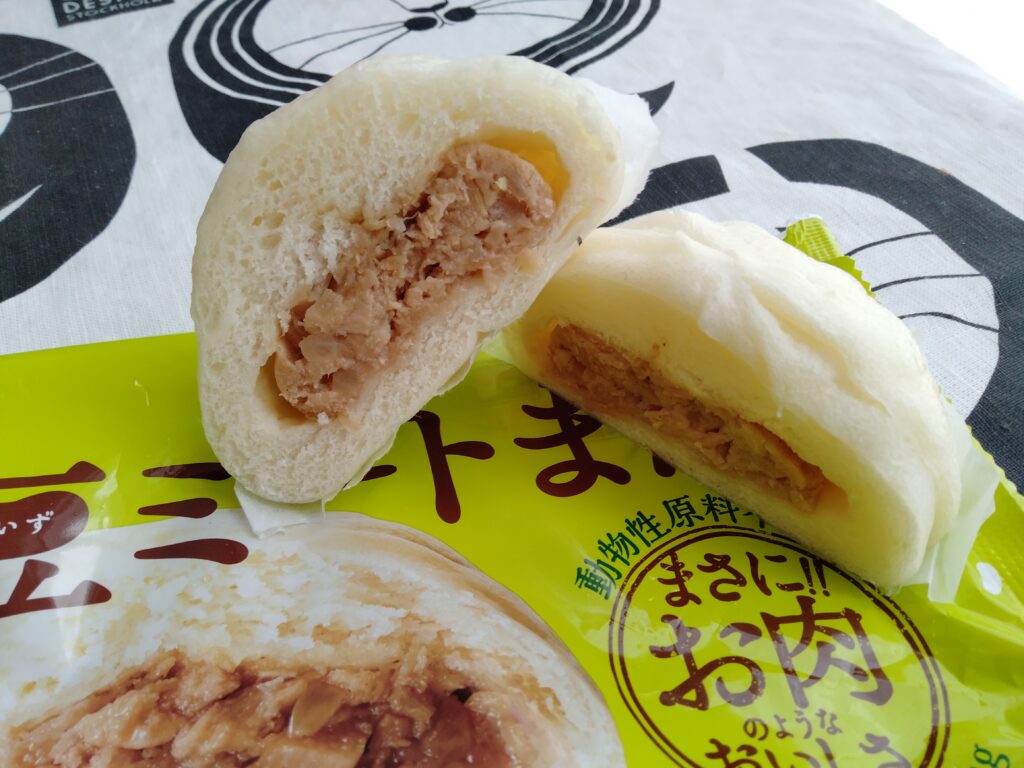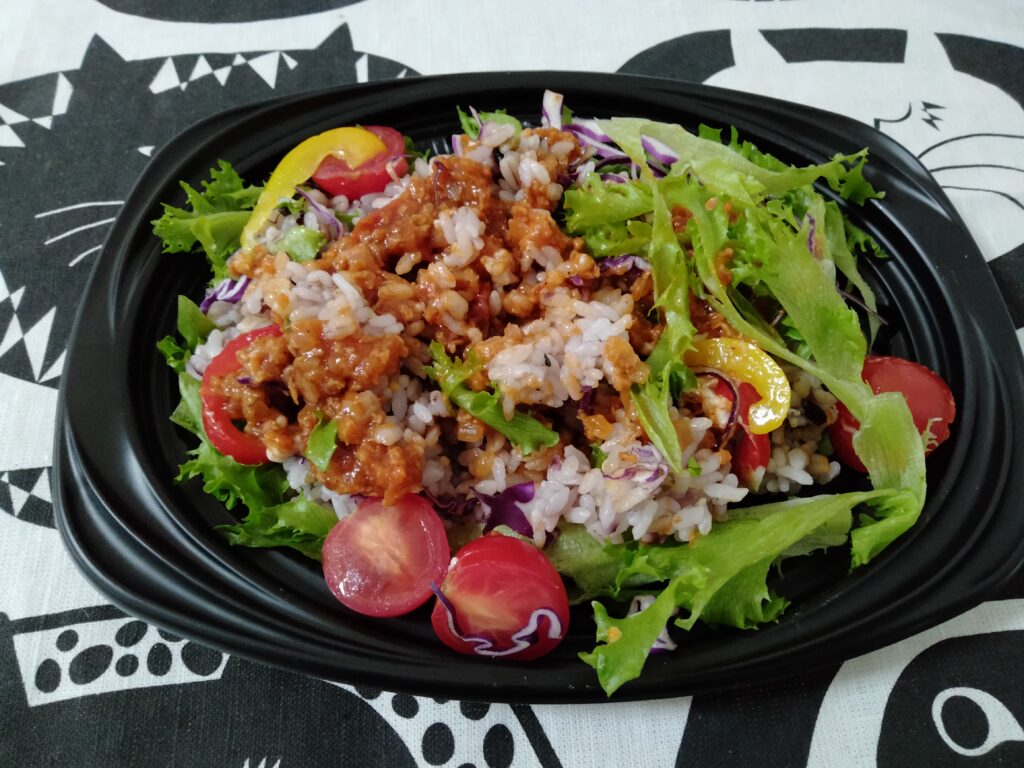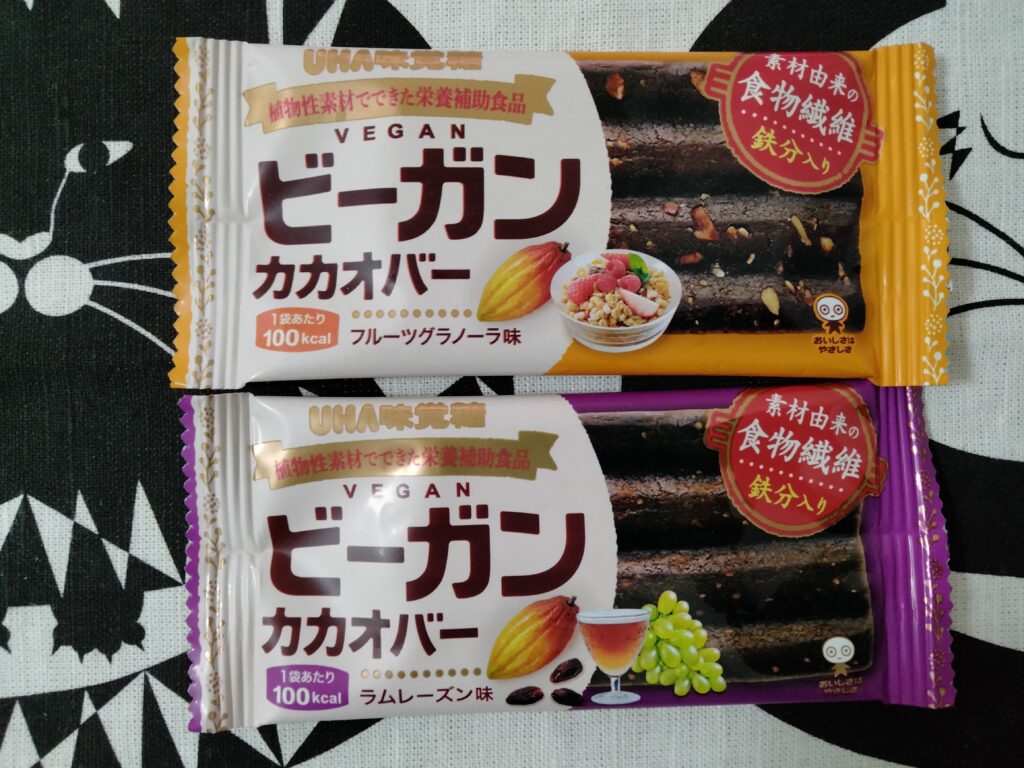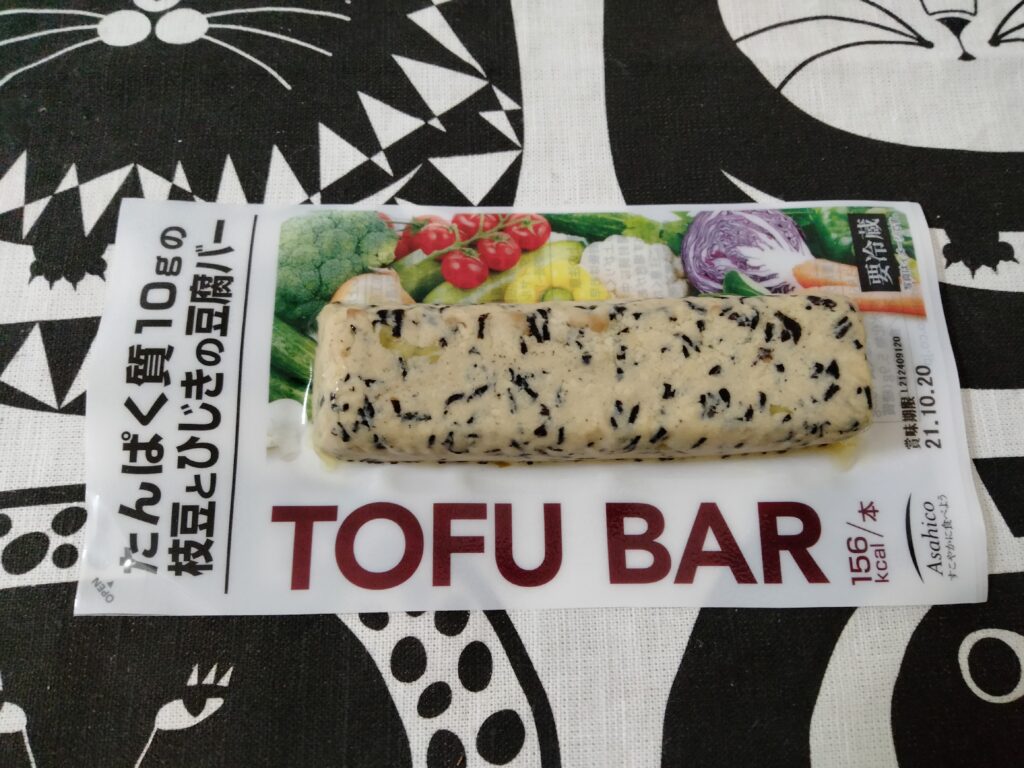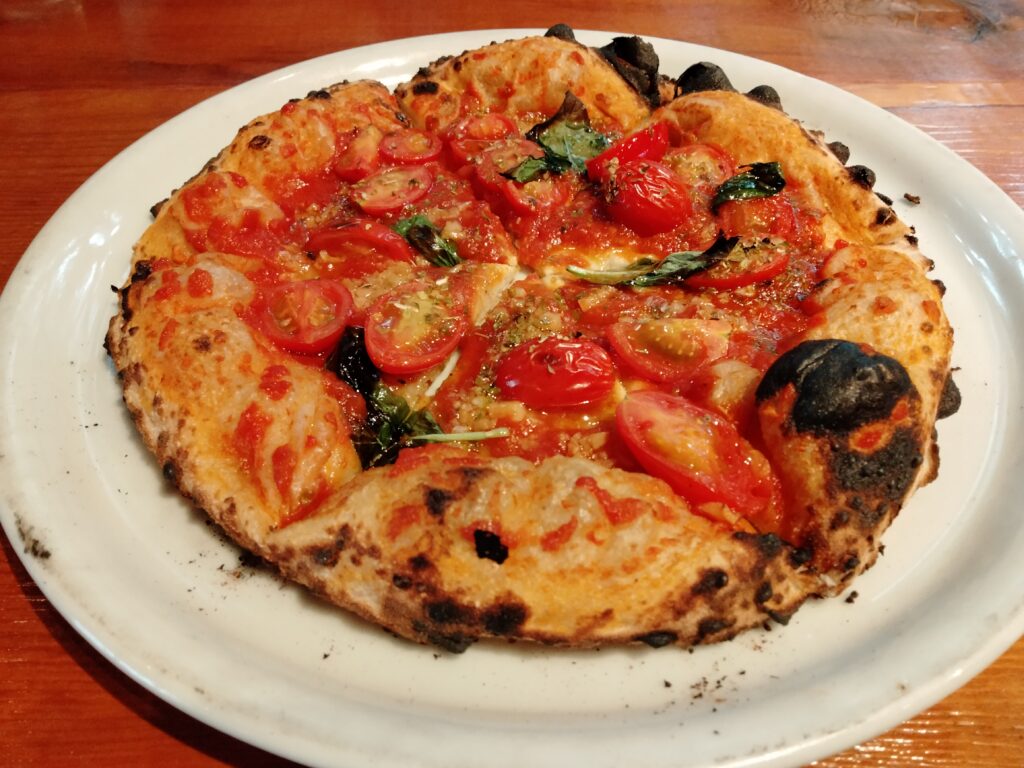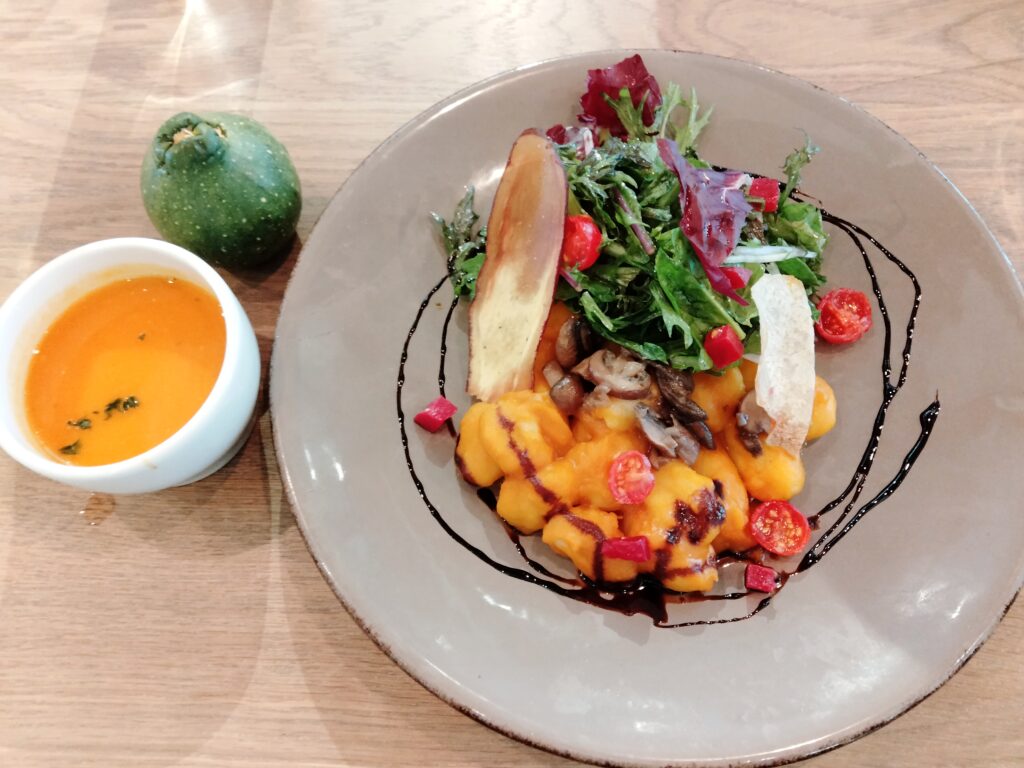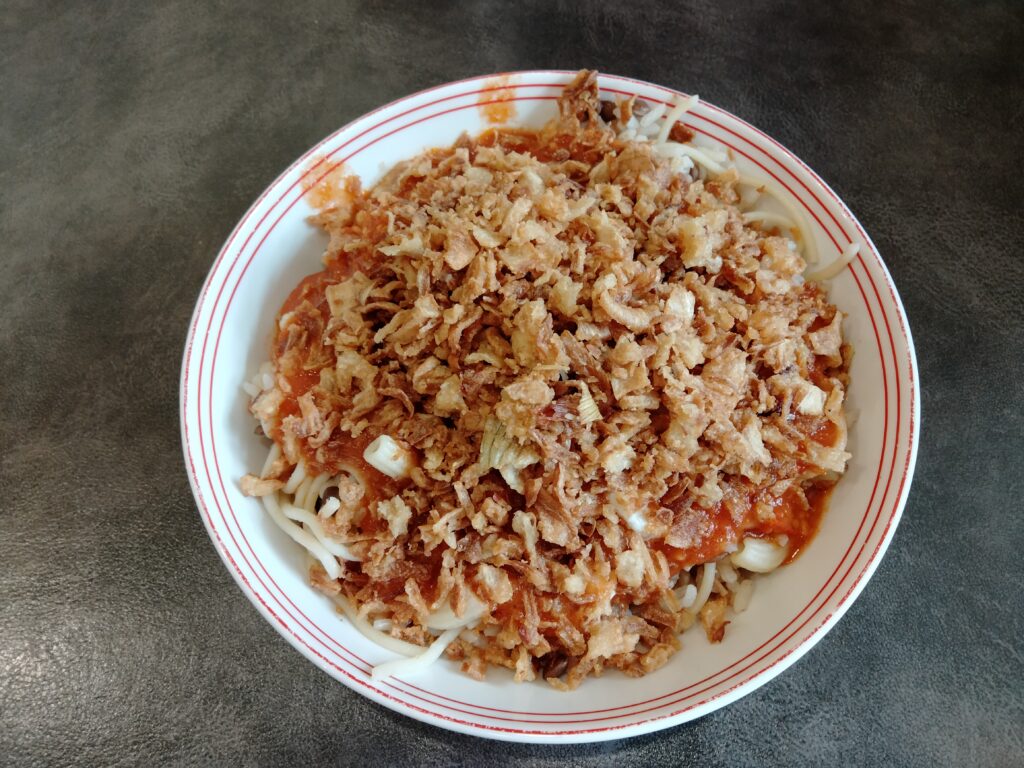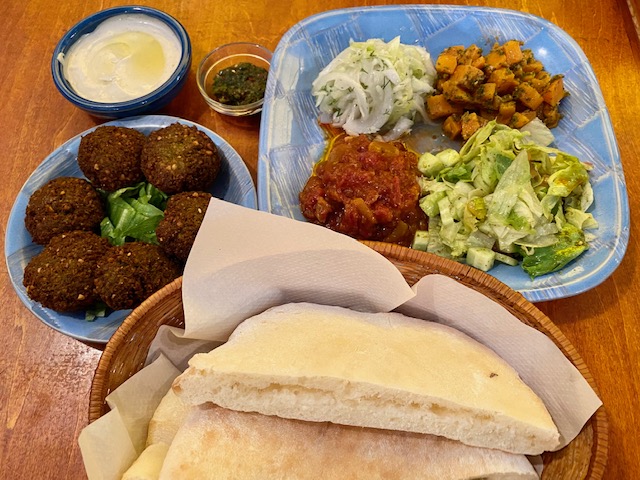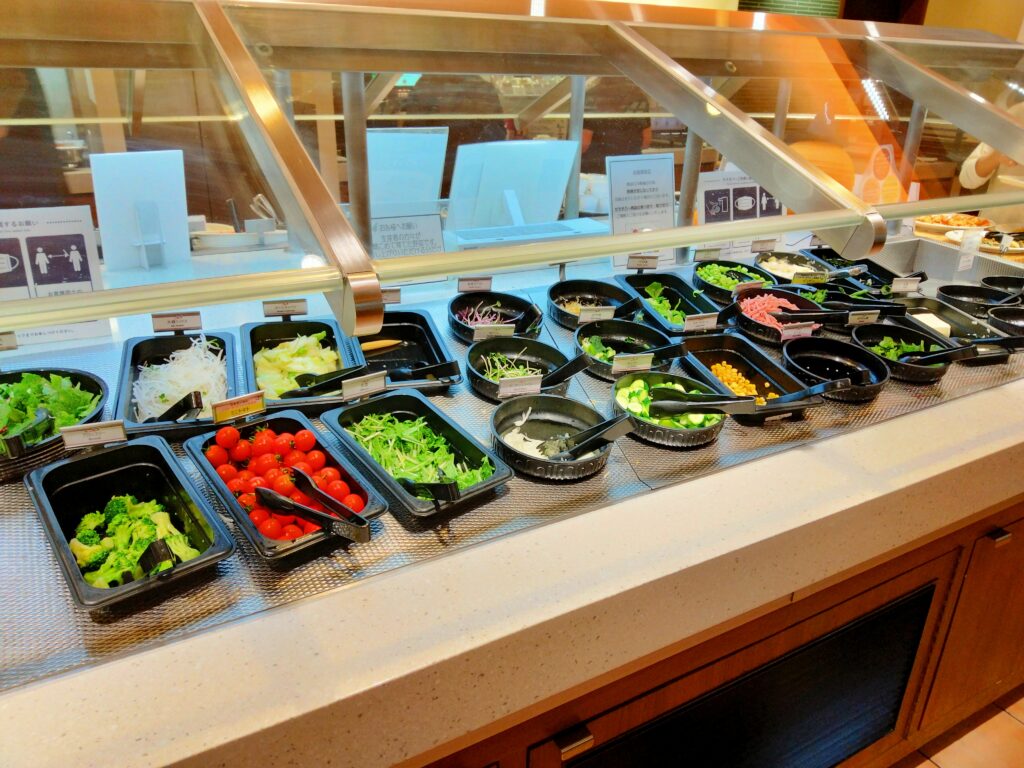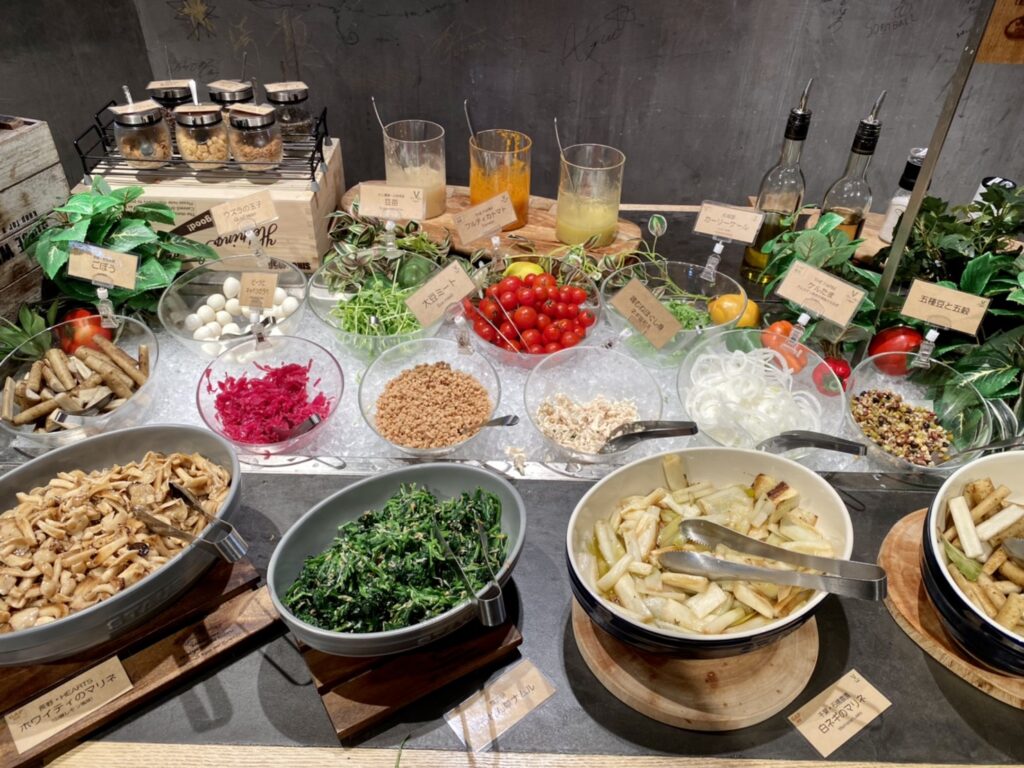日本でヴィーガン生活を楽しむ9つのガイド
9 Ultimate Vegan Enjoyment Guides to Japan
Prior to reading this, you may have heard of notorious things people mention about how hard it is to do away with being vegan in Japan because the people there basically reek of fish stink, and other similar rumors. Some might even say that the Japanese put fish in every kind of food imaginable. Albeit not in its entirety, that is comparatively true relative to other cultures. For example, while you won’t see fried potatoes with fish in them, the salt in rare cases might be laced with fish broth.
So, have I succeeded in scaring you into wanting to read more to avoid said scenarios?
1. ベジマップ Veggie Maps
If you are not sure what is vegan when you visit a new place, then the next best option is probably to learn the where’s. And what can come handier than veggie maps? The unfortunate thing is that there still is not, and probably won’t be, one rule’em-all map that covers everything, but some are close enough. Here are some, but before you go, let me throw in an ad here to my still incomplete map, thanks.
The one and only. Vegan bible to most, even the infidels.
〇Covers most places.
〇English reviews by a myriad crowd.
△Not as widely used by locals. (Language barrier)
△Less coverage on out-of-town areas.
Japanese and English.
〇Covers almost everything.
〇Coverage includes out-of-town areas, all 47 prefectures.
△Few user reviews, mostly by locals.
△Ads are annoying.
△Lists only, no maps.
Japanese only. ※No longer being updated.
〇Covered almost everything.
〇Coverage includes out-of-town areas, all 47 prefectures.
〇Lists and maps categorized by regions.
△No user reviews.
△Rather uninteresting user interface.
2. チェーン店 Chain Stores
Now you get to know how to go places but then some may say “Hey those places on the maps are too fancy to afford” or “I don’t live/stay near any of them”. Alright then, enter the next best options – Family Restaurants. That’s a made-up Japanese word which has no legitimate direct translation. But it means what it says – if you own a family, you can only afford these restaurants. Fact is, they are everywhere. So, that pretty much explained the dwindling Japanese population in one phrase.
Ok now, seriously jokes aside. Those are the kind of non-fast-food eateries that cater to most people – from little kids to elderlies, at prices more in line with the minimum wages. They also serve as hang-out places where you can sit and drink-all-you-can all day long.
Secondly, there’s fast foods. But these two combined still offer limited options even for vegetarians, let alone vegans. However, good news is there seems to be a movement recently by these chain stores to provide at least one vegetarian friendly option on their menus. Here is the list on which I hope I can continuously add veggie items over time.
3. スーパー Supermarkets
Ok now you can afford to eat out. But no poor person eats out 24/7 right? What am I gonna eat while payday is still 20 days ahead? Go to the grocery stores or supermarkets. Years ago, there was no fun going to the supermarkets, unless if they were fancy places like Nissin World Delicatessen, or the recent Bio c’ Bon. But recently more and more veggie goods are popping out on shelves at ordinary supermarkets peasants would go. In fact, compared to then when you would excite over one little soy meat you found, now you get to pick and choose which to buy. Here’s the list I’ve compiled so far, and disclaimer: I am not a full time shopper.
4. コンビニ Combini
In Japan grocery stores has a separate category called combini, meaning convenience store. Here’s the probable evolution that occurred – convenience → convenie → combini. Vegans used to have no serious business inside a combini, unless you love those rice ball onigiris.
However, fast forward to 2020 the Olympic year during which flood of inbound foreigners were expected. The three musketeer of combinis went battle station mode and launched vegan-friendly products ranging from soy hamburger bento to vegan penne, etc. As Covid did not seem to die off, the games were postponed.
After a while, vegan bentos were off the shelves probably due to lower-than-expected sales. The marketers were probably thinking “Hmm, I thought vegans love dull foods”, and then started a series of soy meat products that also had meats in them. I mean, whom are you targeting?
That being said, that 2020 of having vegan products in combini was a great leap forward. Nowadays, vegan friendly products do come on and off the shelves, but at least the wheels are moving now. Hopefully I would be able to compile a combini page separate from the one they are in now.
5. エスニック料理 Ethnic Foods
Is “ethnic food” a PC word? Anyway, that’s how they are called in Japanese. Most cultures stemmed from agrarian societies, and thus most traditional foods were, or used to be plant-based. Japan prides over the diversity of cuisines and that includes foods from other cultures. Some of the vegan-friendly ones that are also prevalent in Japan are Indian, Italian, and Mid-eastern.
・Indian & Nepal Foods
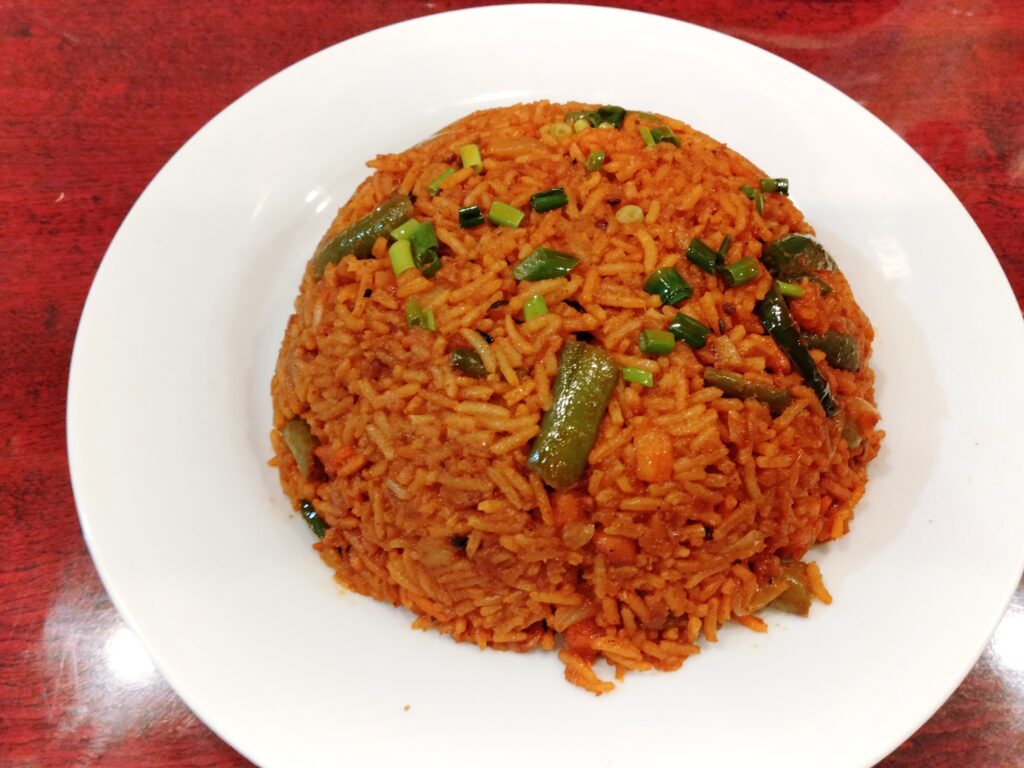
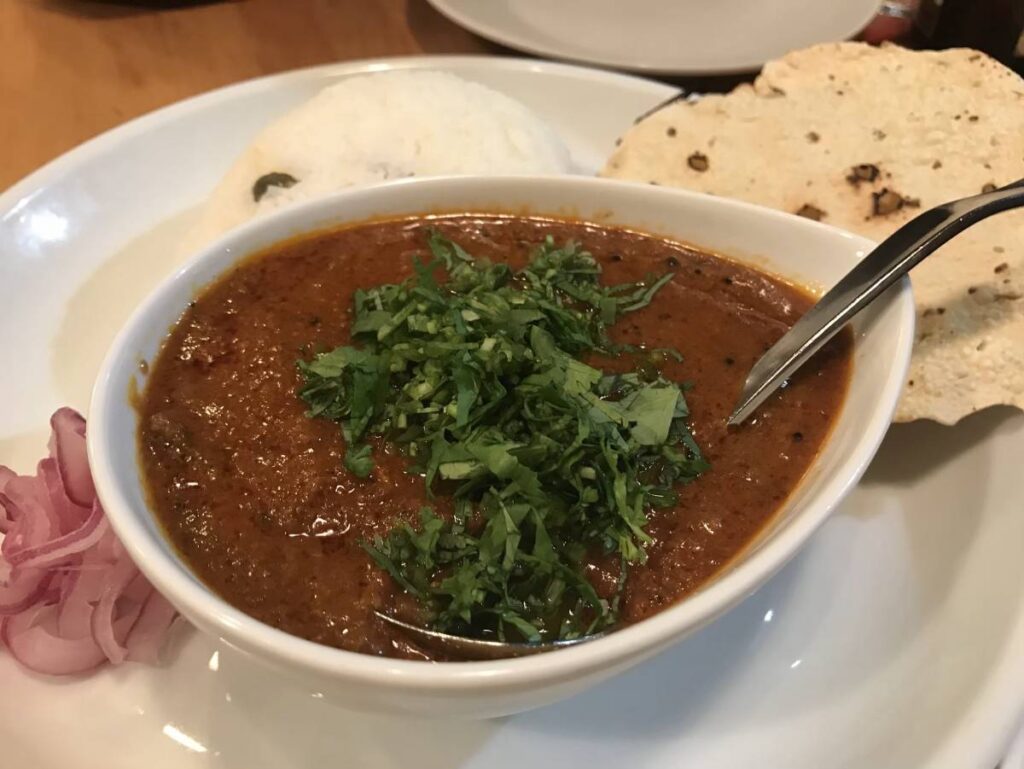
Japan has a high number of south asian restaurants per capita, second probably only to south asian countries. While the foods look innocently vegan at first sight, there are traps like naans, those white creamy thing they put on curries, orange-color dressing on salads, etc.
・Italian Foods
No census was conducted, but one can safely says that Japanese love Italian foods. There are so many Italian places – authentic or phony. Basic dishes like pizza marinara and spaghetti aglio e olio are vegan by default, as long as the chefs do not attempt to get innovative.
・Mid-eastern Foods
No fairness is done grouping food by a quarter of a continent, but there is only so many if grouped separately. Though not as prevalent as the two above, Middle Eastern cuisines are available in a lot of places in Japan, mostly in the form of Turkish foods. Increasingly gaining fame is falafel which is available in some but not most street kebab joints.
6. イケイケなところにイケ Go Fancy Places
Harajuku, Omotesando, Shibuya, Azabu Juban, Roppongi. In those 5 places, one does not simply not run into a vegan joint. Such things in common among the places are as “thronged with foreigners”, “fashion high grounds”, “hang out places for young people”, etc. These factors combine to result in high demands for consumers that are “in flow with the current trends”, and veganism seems to be one of the ongoing movements.
So, take a walk.
7. 言葉のバリアを超える Overcome The Language Barrier

Language has its part in heightening the barrier for vegans who cannot understand the locals. In Japan, the English language is not widely spoken for a lot of reasons, but it mostly stems from the fact that most Japanese would have no problems living decent lives without ever having the need to understand English in depth. So, when you come and think about it, it is quite an enviable privilege to be able to thrive as a Galapagos given how globalized the world has become.
Having said that, the language barrier is not a hard hurdle to overcome. Japanese pride themselves over hospitality that they have words like “Omotenashi” whose meaning eludes the best direct translation. Most of the times, the person with whom you interact would try the best to make the conversation understandable to both sides. So you should join the effort too.
There are many ways like trying to learn the basic vocabularies. But if you are sticking to English, try speaking in keywords and not full sentences. Say, “no animaru” or “no meato”, “no seafoodo”, you know, pretend-to-know-Spanish kind of speaking, friendo.
8. 型を破る Challenge The Norms
Why did the vegan enter the steakhouse? To chow down on them salads. It is not for those who are not keen on dining with the wolves, but if you do not mind or are actually thinking hard about where to bring your steak-loving friends, steakhouses like Sizzler or Steak Gusto could be potential compromises.
Other restaurants that appear absolutely off-limit to vegans could have hidden gems too. Sushi-go-rounds offer cucumber and natto rolls among others, Yakiniku joints offer fresh vegetables if you do not mind grilling with your evil carnivore friends, Izakayas provide a wide variety of vegan-friendly side dishes which are the main staples for vegans. The range of options simply widens the more you explore off comfort zones.
9. ヴィーガンです I Am Vegan
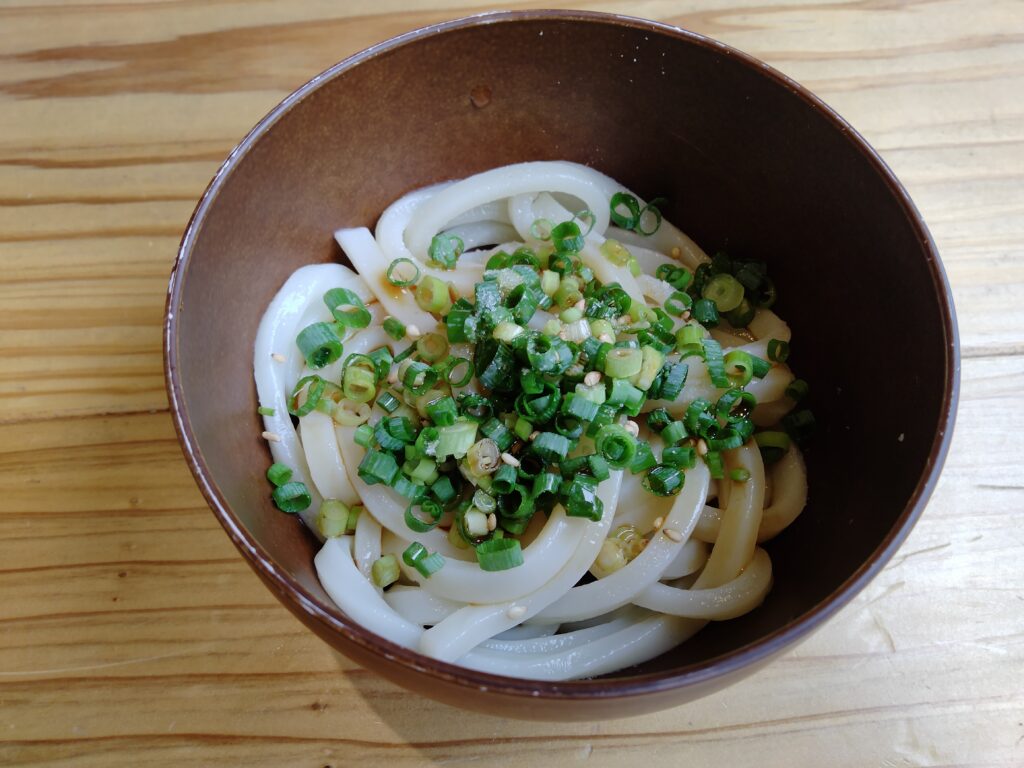

Most of the time proclaiming yourself as a vegan is not going to help much. Neither the term nor the concept is yet as prevalent as in western countries. Granted, traditionally there is “Shojin Ryori” but it is more or less limited to monks. At times it would have been easier to just simply spell out the things you don’t eat.
But don’t let that limit your rights to demand. For instance when ordering at a soba place, feel free to reject the tsuyu (noodle soup) that contains bonito broth, and ask instead for plain soy sauce. Throw in the reasons too in doing so, just to see if it makes the situation more awkward or less.
At most chain restaurants, they have allergen lists for most of their menus. If you went to one before checking them, ask to see the list so you can narrow down your choices. If it ever happens to be too cumbersome to explain the cause, just white-lie that you are allergic to something. By the way, the allergen lists only touch on either the 7 compulsory ingredients, or they could include the other 20 recommended ingredients. Either way some prolific ones like the ubiquitous Bonito are not on the list. So it serves at best as reference.

